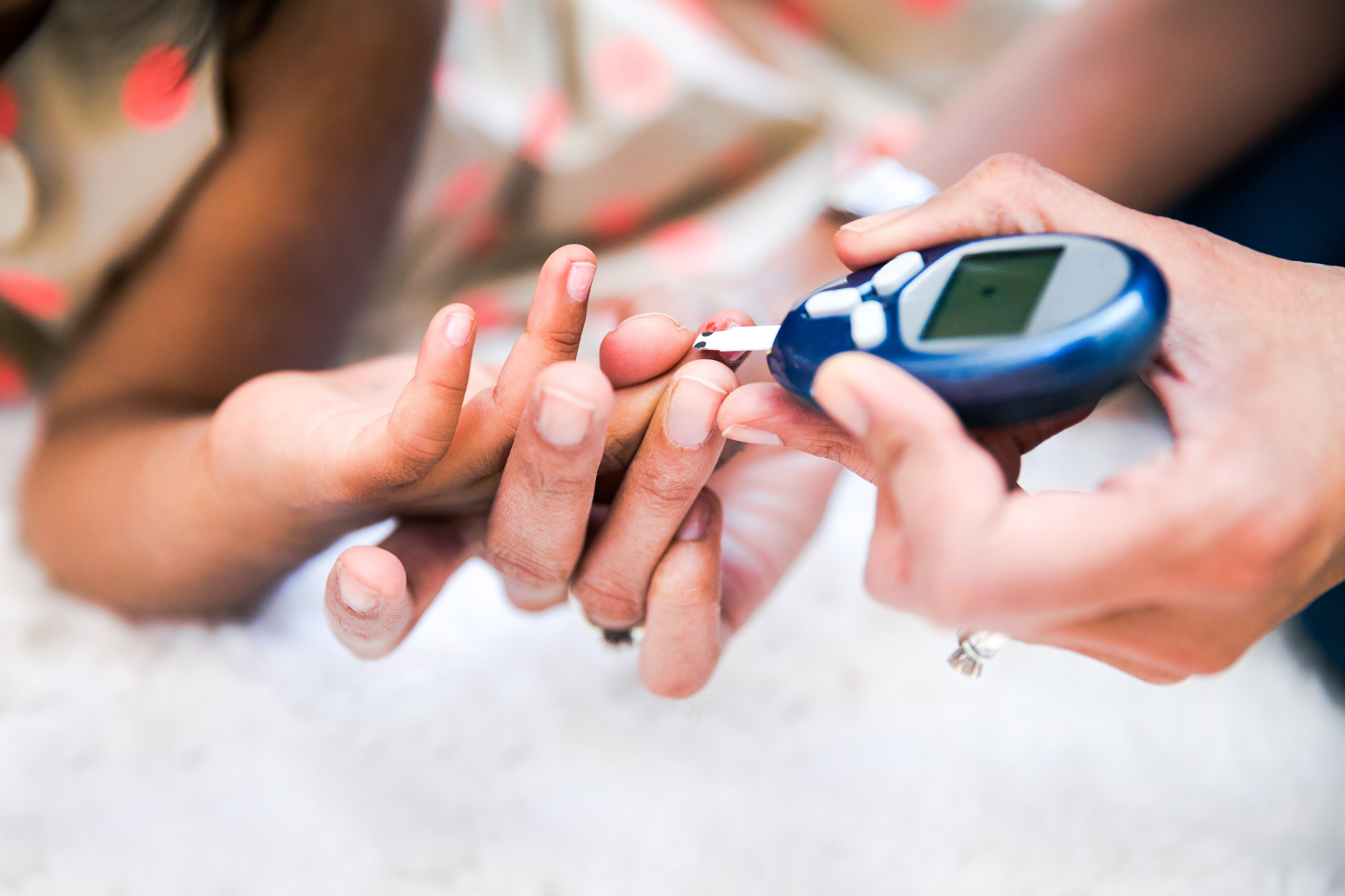The glycemic index (GI) helps diabetes patients make healthier choices. This page provides information on low GI foods and outlines some tips for following a low GI diet.
What is the glycemic index?
The body processes carbohydrates from different sources at different speeds. The body metabolizes some quickly and others take more time to break down.
The glycemic index (GI) ranks carbohydrate-containing foods against straight glucose (the equivalent of white sugar) in terms of how quickly the body metabolizes them.
Foods can be classified as having low, medium, and high GI values.
- Foods that have a high GI break down faster into sugar, enter into the bloodstream quickly, and can result in higher blood sugar levels. They are the "fast-acting" sugar usually use in case of low blood sugar events.
- Foods that have a low GI break down slowly and may cause a slower rise in blood sugar levels than foods with a higher GI.
Thus, not all carbohydrates are considered equal. Lower GI foods may help reduce blood sugar fluctuations and improve blood sugar level control for all people with diabetes, including children.
Therefore, it is particularly healthier for patients with diabetes to choose foods with a lower GI, even if the number of grams of carbohydrates consumed is the same. This will help stabilize blood sugar levels.
| Low GI foods | High GI foods | |
|---|---|---|
| Effect on blood sugars | Raises blood sugars slowly  |
Raises blood sugars very fast  |
| Types of foods | Examples:
 |
Examples:
 |
Low GI food does not always imply a healthy food choice. For additional information please refer to the Canadian Diabetes Association or the glycemic index of the University of Sydney.
A low GI is 55 or less; a medium GI is between 56 and 69; a high GI is 70 or more.
Examples of low, medium and high GI foods
The following table provides examples of low, medium, and high GI foods:
| Low GI (55 or less) |
Medium GI (56-69) |
High GI (70 and more) |
|
|---|---|---|---|
| Breads |
|
|
|
| Cereals |
|
|
|
| Grains |
|
|
|
| Legumes |
|
|
|
| Vegetables |
|
|
|
| Fruits/Juices |
|
|
|
| Milk products |
|
|
|
| Sugars |
|
|
|
| Other/Snacks |
|
|
|
Tips to help you follow a low GI diet
Here are some tips to help you follow a low GI diet that will help with blood sugar regulation:
- Include whole grain breads, whole grain cereals, and legumes more often.
- Have pumpernickel, oat bran, stone ground, and whole grain breads more often than white bread.
- Eat whole wheat pasta, yams, and sweet potato more often than white potatoes or french fries.
- Have parboiled, long grain, and brown rice more often than instant rice and short grain rice.
- Prepare dishes with beans (kidney beans, soybeans, lima beans), chickpeas, and lentils.
- Most fruits, vegetables, and milk products have a low GI. Choose a variety of these foods every day.
The following examples show you how to lower the GI of your foods in a typical day.
| High GI meal (56 and more) |
Low GI meal (55 or less) | |
|---|---|---|
| Breakfast |
|
|
| Snack |
|
|
| Lunch |
|
|
| Snack |
|
|
| Supper |
|
|
| Snack |
|
|
